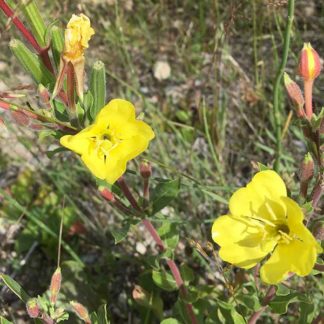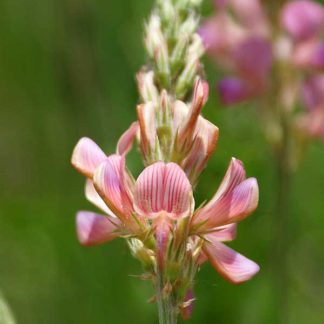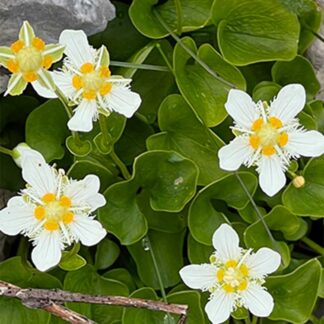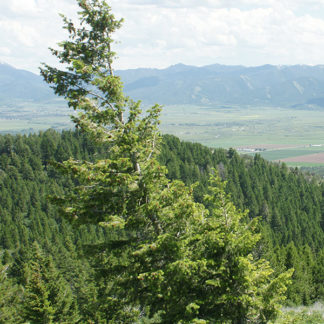interesting bits
Showing 61–72 of 109 results
-

Oenothera villosa / hairy evening primrose
- yellow flowers on tall stalks, several flowers in a cluster
- 4 petals; 8 stamens; large, 4 part stigma
- hairy - often reddish - stems; hairy leaves
- lance-shaped leaves, larger on stem than basal
- disturbed areas and stream banks
-

Onobrychis viciifolia / sainfoin
- forage legume, taller than alfalfa
- pink pea-like flowers with striped banner petal and darker keel
- spiky inflorescence (a raceme) blooming from bottom up - up to 50 flowers
- pinnately compound leaves with single terminal leaflet
- naturalized with sagebrush and mountain shrubs, but also in the central Valley
-

Orthilia secunda / sidebell wintergreen
- evergreen herb or sub-shrub
- boggy understory and forest stream banks
- basal, egg-shaped leaves with prominent veins
- very small to teeny creamy or green-ish flowers all on one side of stem
-

Oxytropis sericea / white-point vetch
- white "pea" flowers in clusters of up to 25
- banner petal white with purple/blue veins
- hairy, pinnately compound leaves, all basal
- disturbed areas, especially exposed to cold, drought, high light etc.
- pretty, but toxic to grazing animals
-

Ozomelis stauropetala / side-flowered mitrewort
- teeny, white, star-like flowers spaced out on one side of a leafless stem
- basal leaves, slightly lobed
- understory in moist woods
-

Packera multilobata / lobeleaf groundsel
- deeply lobed leaves, mostly at the base of the plant
- bright yellow daisy-like flowers, 10-30 in a cluster per plant
- orange-yellow disk florets
- woodlands, foothills, and generally dry/ sandy/ rocky places.
-

Parnassia fimbriata / fringed grass of Parnassus
- ca. 1" flower with obviously fringed, white petals
- flowers look very "complicated"
- thick, rounded basal leaves
- usually in wet places, but also alpine on rocks
-

Penstemon rydbergii / Rydberg’s penstemon
- small, blue/purple tubular flowers in leafy whorls
- flowers lack glands or hairs
- basal rosette of bright green, spoon-shaped leaves without glands or hairs
- stem leaves are lanceolate, around flower clusters
- wetter areas, but also along Victor/Driggs bike path
-

Phacelia sericea / silky phacelia
- deep purple flowers with really long stamens and orange anthers
- many flowers arranged in a tight coil up to 2 feet long
- silky, divided (fern-like) leaves
- exposed, higher altitude, rocky places; often with sagebrush
-

Phalaris arundinacea / reed canarygrass
- large, coarse, erect grass
- long, flat blades with pointy tips... from base
- distinct ligule—membranous and long
- large but compact inflorescences (panicles)
- often in dense monocultures, e.g. on river banks
-

Phleum pratense / timothy
- tight, cylindrical flower head
- probably the most recognizable grass in the Valley
- pink stamens with prodigious pollen production in summer
- bulb at base of stem; brown leaf sheath bases
-

Picea engelmannii / Engelmann spruce
- common, especially in mixed conifer forests
- canopy a narrow spire in young trees, cylindrical in older trees
- sharp, pointy needles, generally "swept" toward branch tips
- needles attached to twigs with woody pegs (sterigmata)
- pendant cones less than 2.5 inches long; thin scales, wavy margins
Showing 61–72 of 109 results